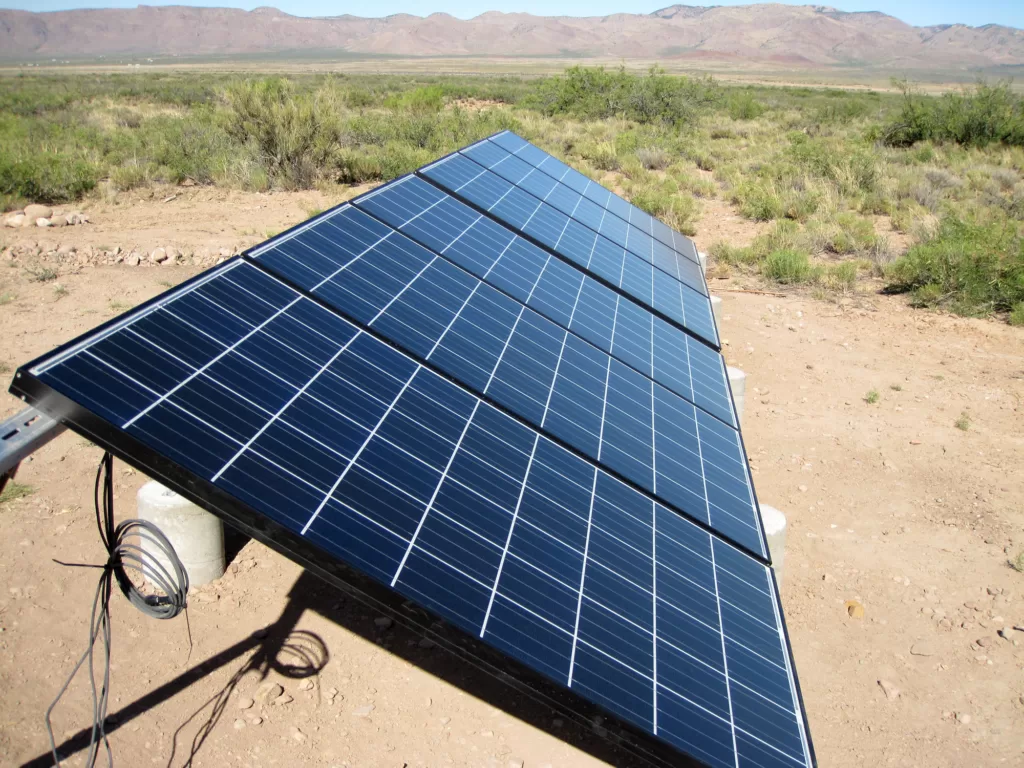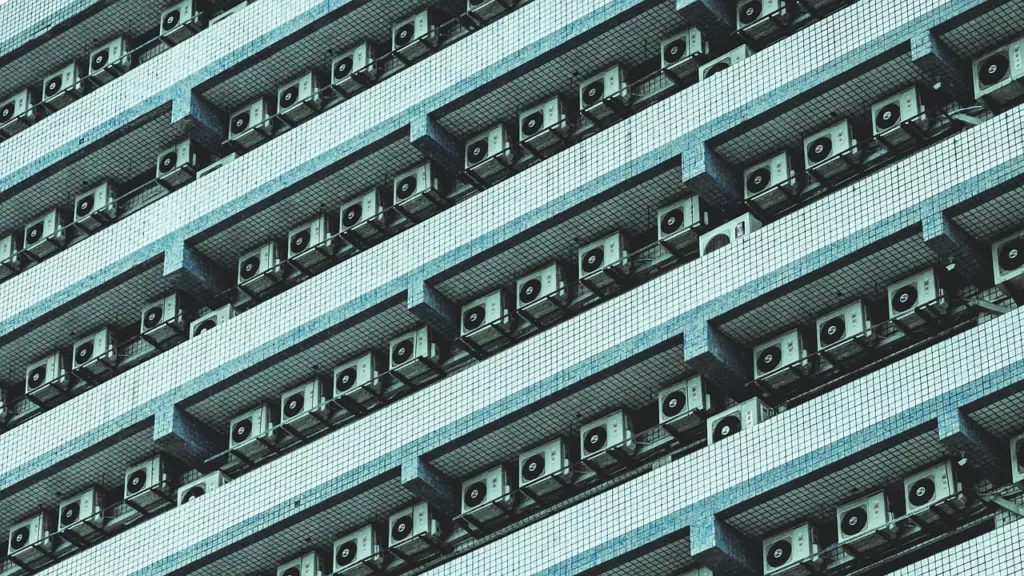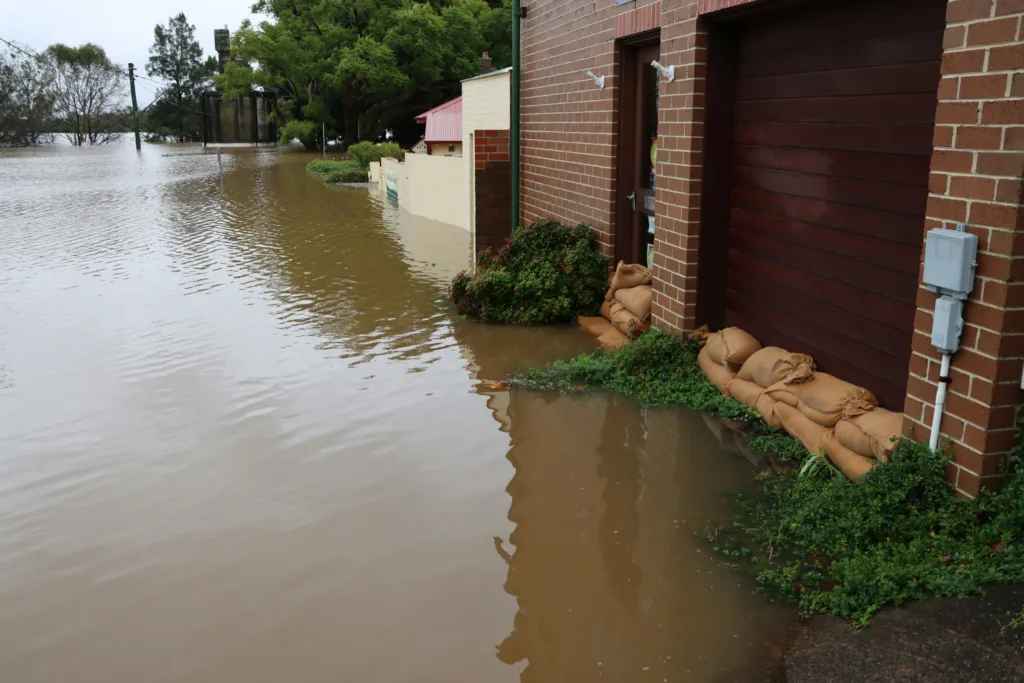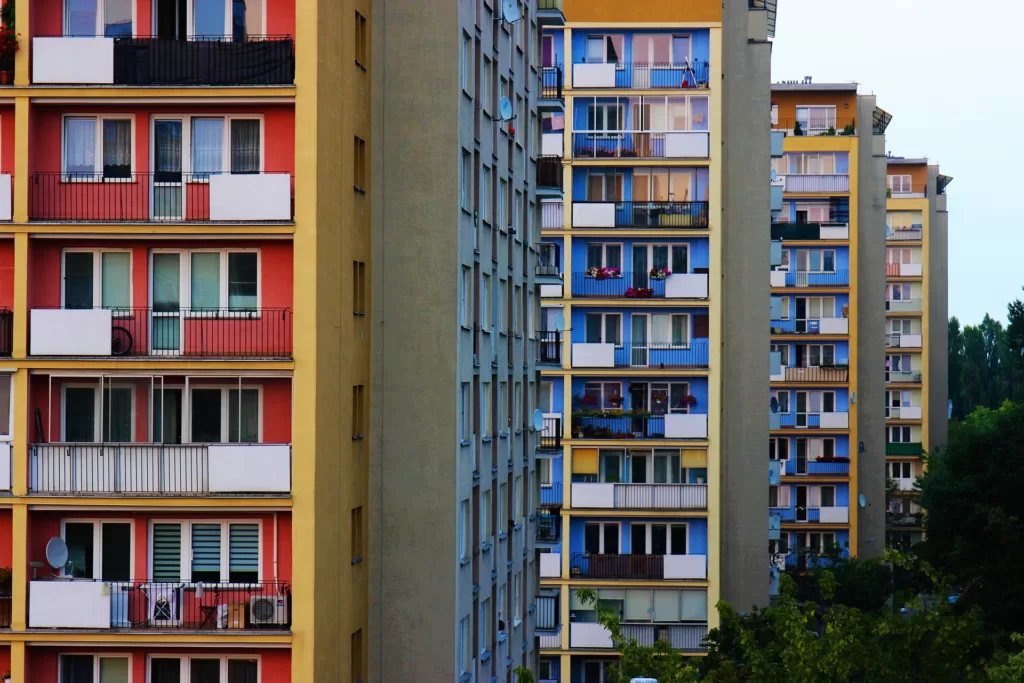Energy efficiency for homes is about getting design right and making it airtight. The challenge is making these changes affordable.
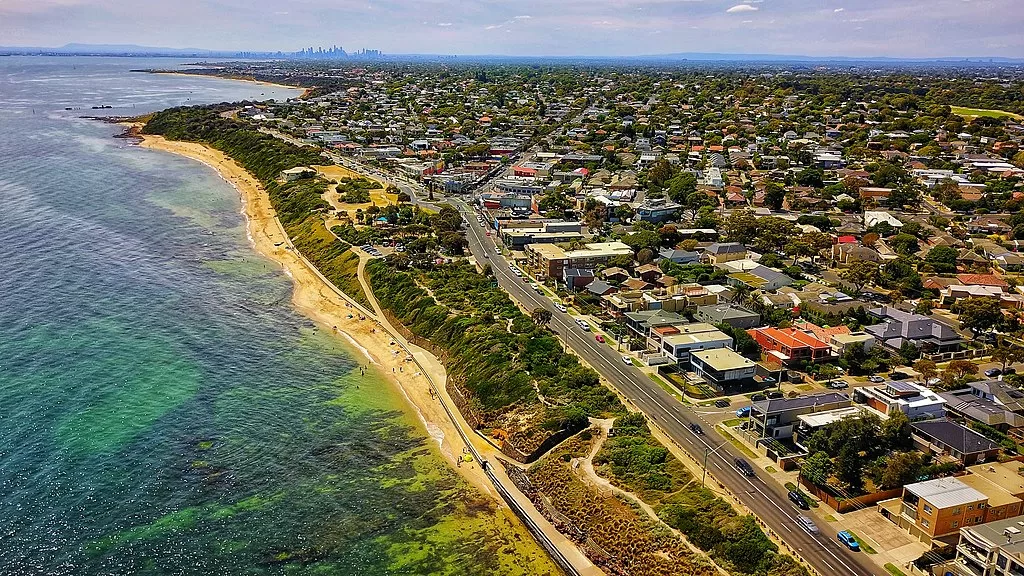 Implementing Australia’s updated National Construction Code will go some way towards new homes and major renovations being built with efficient thermal shells. : Bob Tan via Flickr CCBY4.0
Implementing Australia’s updated National Construction Code will go some way towards new homes and major renovations being built with efficient thermal shells. : Bob Tan via Flickr CCBY4.0
Energy efficiency for homes is about getting design right and making it airtight. The challenge is making these changes affordable.
People looking for cost-effective ways to heat or cool their home can spend hours comparing the energy efficiency of products on the market.
But even the most energy efficient appliance won’t make up for a poorly-constructed building. As we head toward 2 degrees warming and more heatwaves, something needs to change.
Rather than prioritising new appliances — or even rooftop solar — many experts are encouraging householders to pursue a ‘fabric first’ approach to creating a comfortable living space. A fabric first approach is about starting with the components and materials that make up the building itself, maximising their performance.
For example, homeowners could prioritise upgrading their home’s thermal shell (external walls, ground floor and roof) by increasing air tightness through sealing gaps left by old vents and around doors and windows. A home’s thermal shell can also be improved with insulation, shading to north and west facing windows and upgrading old windows to UPVC frames and double glazed.
There is a saying when renovating thermal shells which is easy to remember – ‘insulate tight, ventilate right’. A home with an efficient thermal shell is easier to keep cool in summer and warm in winter. This reduces energy bills — and carbon emissions.
Approximately 40 percent of household energy is used for heating and cooling. This could be cut to almost zero through effective, climate-appropriate design.
Underperforming homes
In Australia, implementing the recently updated National Construction Code will go some way towards new homes and major renovations being built with efficient thermal shells.
As most Australian homes were built before any energy performance standards existed, and may not have had upgrades recently, households are being exposed to the choice of either unsafe temperatures or high bills.
And while many homeowners have some ability to renovate their homes’ thermal shell, this is not an option for the more than 30 percent of Australians who rent.
People on low incomes are particularly vulnerable to the adverse effects of poorly built homes.
A recent report by the Australian Council for Social Services found nearly two-thirds of those on income support have difficulty keeping their homes cool in summer.
Earlier research by the University of New South Wales found people living in social housing in Sydney experienced temperatures ranging from 5°C in winter to 39.8 °C in summer. But the investment in a home does not have to be enormous to produce positive results.
In 2022, Sustainability Victoria released a report on the Victorian Healthy Homes program, which installed thermal comfort and energy efficiency upgrades in 1,000 homes of low-income Victorians.
It found that a modest average investment of under $3,000 produced nearly $1,000 in savings on health and energy bills over a three-month winter period.
What can be done?
Monash University-based not-for-profit Climateworks Centre has launched a project called Renovation Pathways with the aim of kickstarting the energy performance upgrade of Australia’s existing building stock. Renovation Pathways has identified the most prevalent types of homes to help homeowners, across Australia’s different climate zones, decide what is a cost-effective renovation to achieve a sustainable and healthy home in different regions.
In a recent submission to the Australian government on the National Energy Performance Strategy, Climateworks recommended ways the government could promote targeted approaches to energy-efficient and zero carbon renovation of existing buildings across all climate zones. These included providing financial incentives such as targeted tax rebates, subsidies and loans, and working with banks on normalising energy upgrade requirements for mortgages.
Grant programs could specifically target low-income households to improve access to energy efficiency audits and upgrades as well as rooftop solar. To have the greatest impact, the group recommended targeting financial support to social housing providers, private landlords in low-socio economic areas and apartment complexes with strata bodies, as both landlords and renters have the least agency to upgrade these homes.
It also suggested new regulations for existing buildings, including minimum rental standards by 2025 and that government lead by example by prioritising investment in upgrading social housing and supporting low income households.
Doing so could stimulate the market and improve supply chains, skills and materials in fabric-first design and construction.
Dr Gill Armstrong is Senior Project Manager in Climateworks’ Cities team, leading research and policy projects to decarbonise Australia’s buildings sector, including residential and non-residential buildings, and both new and existing builds. Her background spans more than 10 years’ experience as a registered architect (UK) and Chartered Architectural Technologist, specialising in adaptive reuse of residential and commercial buildings.
Renovation Pathway is funded by philanthropic organisations, including Energy Consumers Australia and the Lord Mayor’s Charitable Foundation.
Originally published under Creative Commons by 360info™.
Editors Note: In the story “Hot house” sent at: 13/03/2023 10:57.
This is a corrected repeat.


